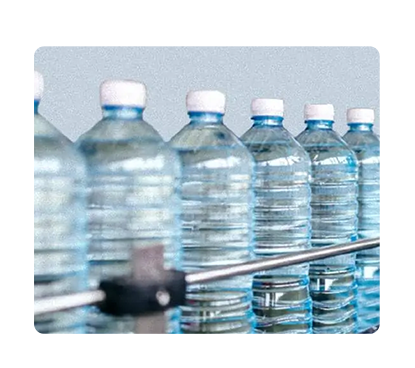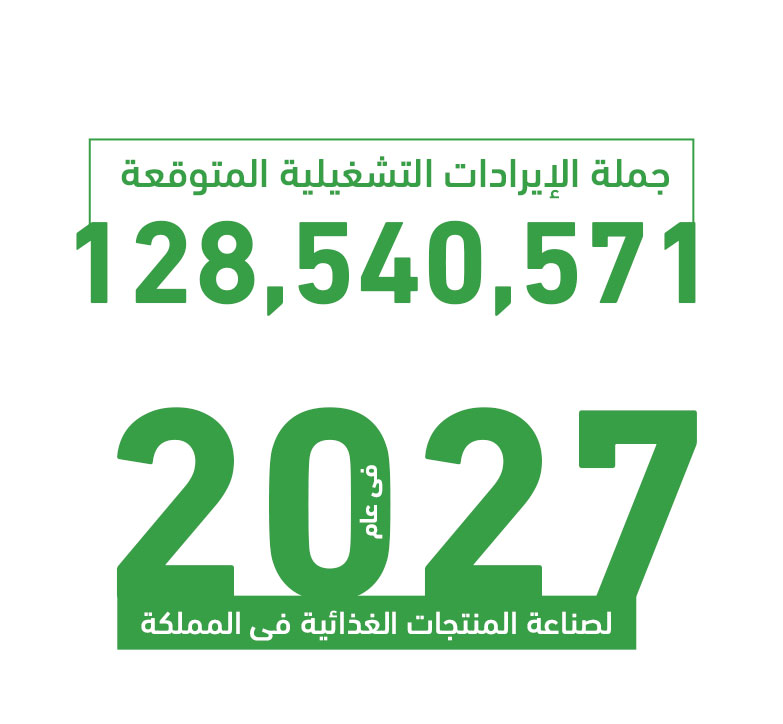It is a water factory to produce and bottle mineral water (200-300-600 ml). This water is identical to the properties of bottled drinking water, as the water used in the factory is from a pure, unpolluted source and far from sources of pollution.

It is about establishing a water factory to produce and bottle mineral water (200-300-600 ml). This water is identical to the properties of bottled drinking water, as the water used in the factory is from a pure and unpolluted source and is far from pollution sources. This water is also identical to the natural properties that are supposed to be available in the product. The factory aims to produce water by exploiting available resources, reducing the market gap in water products, employing workers and improving their economic and social level. Achieving a high quality level for water products and maintaining a competitive price level enables the project to obtain its target share. Contributing to covering part of the increasing demand for water products and using the latest technologies in the field of water bottling and packaging and training workers on them.



Executive Summary
Study of project services/products
Market size study.
Risk assessment study.
Technical study
Financial study.
Organizational and administrative study.

he GCC countries comprise 0.7% of the world’s population; however, they account for 3% of global spending on processed food and beverages, amounting to $102 billion out of a total of $3.4 trillion. This indicates a high per capita food consumption in the region, exceeding the global average.
This is not surprising upon closer examination, as the population of the GCC now exceeds 58 million, with approximately 56.3% of them falling within the 25–54 age group. This key demographic is the driving force behind the food industry market, as it is the most dynamic and youthful segment.
Since Saudi Arabia alone accounts for about 59.7% of the total GCC population and holds over 53% of the food and beverage market share, “Mashroo3k” has decided to present key indicators of this vital market in the Kingdom, based on the latest available statistics.
